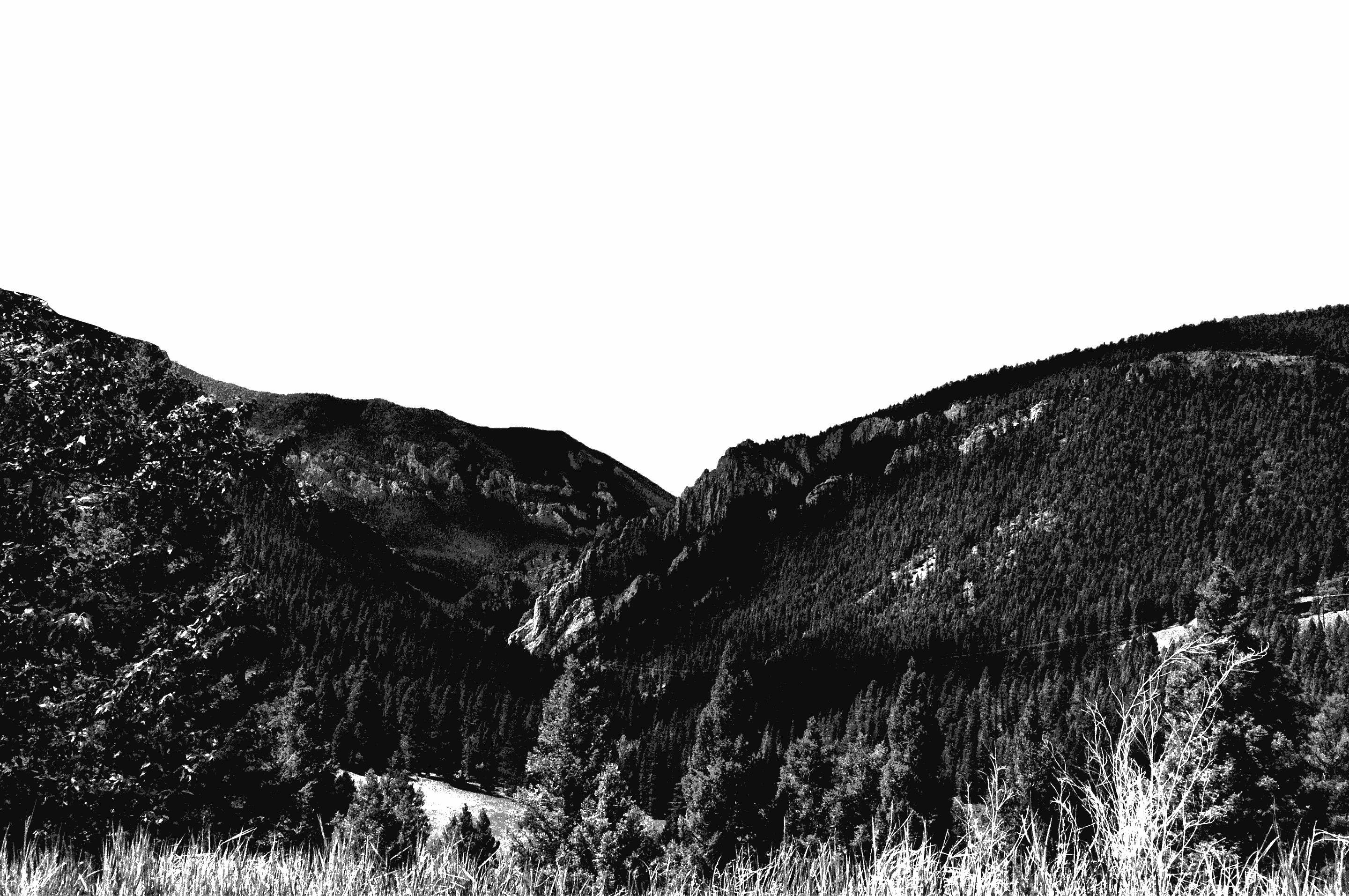Carroll’s Biology department has become the unlikely caretakers of three unusual species not endemic to Montana – tarantulas from South America and Borneo!
Backstory: This past fall, David Yake ‘17, currently a Wildlife Inspector for the U.S. Fish & Wildlife Service in Seattle, contacted professors in our Biology Department to see if they were interested in receiving tarantulas to use for educational purposes. The tarantulas had been confiscated by the USFWS because they had been imported in violation of the Lacey Act and did not comply with documentation requirements for the Endangered Species Act. The animals had been imported from a 3rd party country, but the importer was unable to provide documentation that they had ever been legally exported from their endemic range.The spiders sent to Carroll are native to Colombia, Indonesia, Malaysia and/or Brunei. These countries all require export documentation for animals leaving their borders.
Once confiscated, the animals could only be used for research or educational purposes – and this is where Carroll came into the picture. Yake, a Carroll grad in Anthrozoology, reached out to Professor Sheafor and our education on tarantulas began when Carroll received the spiders on November 1, 2023. They are spiderlings (or "slings" as the in crowd refers to them) so are very young. All were around an inch in length diagonally from front to back legs when we received them. They are growing fast, but will not reach adult status for two or three years. One of the species we have could get as big as eight inches diagonally. We don’t envision students working with them for at least another year to allow them to mature more. Female tarantulas can live 20-25 years, so we have plenty of time to study them in the future.
“The animals are new enough that we do not have any research plans for them yet. Once they get a bit bigger and settle in, they might be used for student research projects in animal physiology. For now, they are for the students to observe and enjoy while gaining an understanding of biodiversity and animal evolution.”
~ Brandon Sheafor, PhD, Professor, Biology

